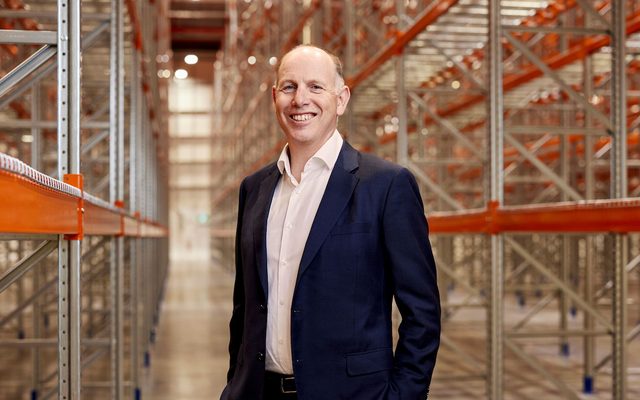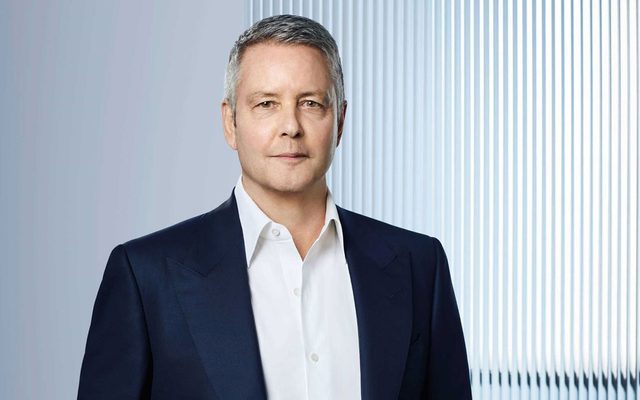This article is from the Australian Property Journal archive
AUSTRALIA will need an estimated $165 billion in investment into clean-energy capacity and upgrades to current infrastructure by 2030 if the country hopes to reach net-zero emissions by 2050.
According to a new study by Global engineering design and consultancy firm, Arcadis, Australia needs to see $110 billion in capital towards new solar, wind and hydro generation capacity and carbon capture to reach 2050 energy goals.
A further $55 billion is also needed for transmission and distribution system upgrades to current electricity grid infrastructure.
“This is a sobering reality check on the net-zero transition task ahead,” said Luke Keys, sector leader of energy and resources in Australia at Arcadis.
In order for the country to reach carbon emissions targets, with Australia needing to halve its emissions in two years, 9.3GW of clean energy capacity and a development of effective carbon capture and storage (CCS) projects would be needed to counteract 8.5GW of fossil fuel generation.
“Even if we were able to flip the switch to a world where all governments committed themselves to the 2050 goal, the speed of transition and innovation required to get to net-zero in time to keep warming under 1.5 degrees make the goal extremely tough to achieve,” added Keys.
“In Australia’s case, getting to net zero in the timetable defined in this study seems impossible.”
The study also found that around 7% of the global GDP or $9.9 trillion of investment is needed to meet combined new energy capacity infrastructure for the 10 countries surveyed, with all countries needing to halve emissions by 2029.
“Unfortunately, the only conclusion we can make is that while doing everything we can to reduce emissions, we also need to begin planning for the impacts of global warming. At a practical level this means a focus on more resilient infrastructure, industries and supply chains, and coordinated policy across all levels of Government,” said Keys.
On a more positive note, Australians would see significant reductions in consumer power bills if the country followed the needed steps outlined in the study.
NSW minister for energy and environment Matt Kean, recently pointed to renewables and natural capital as the way forward to not just achieving decarbonisation, but also for the financial future of farmers.
After recent data from Australian Bureau of Agricultural and Resource Economics and Sciences revealed that climate change has already cost Aussie farmers $30,000 each year in profit over the past two decades.




